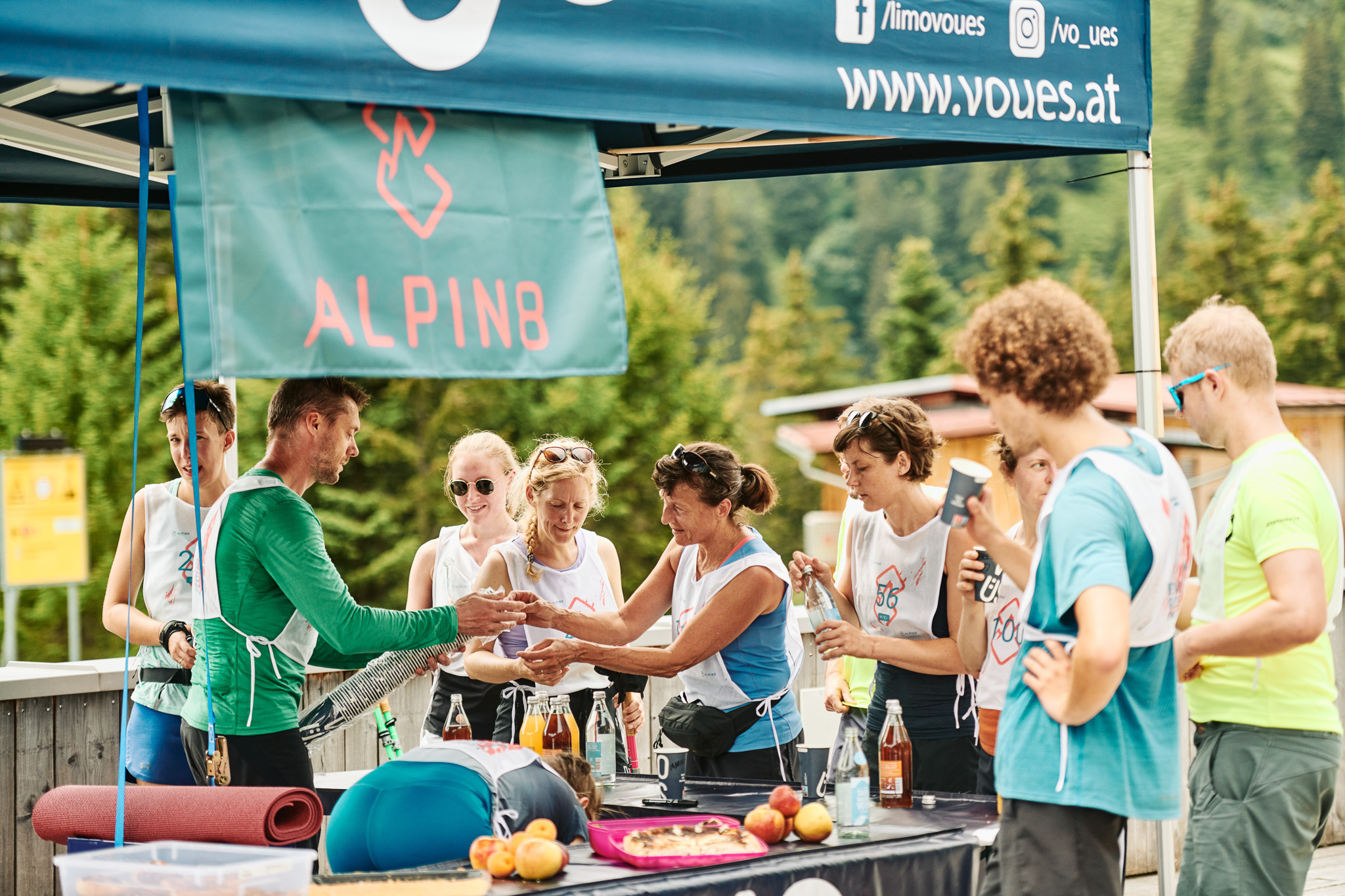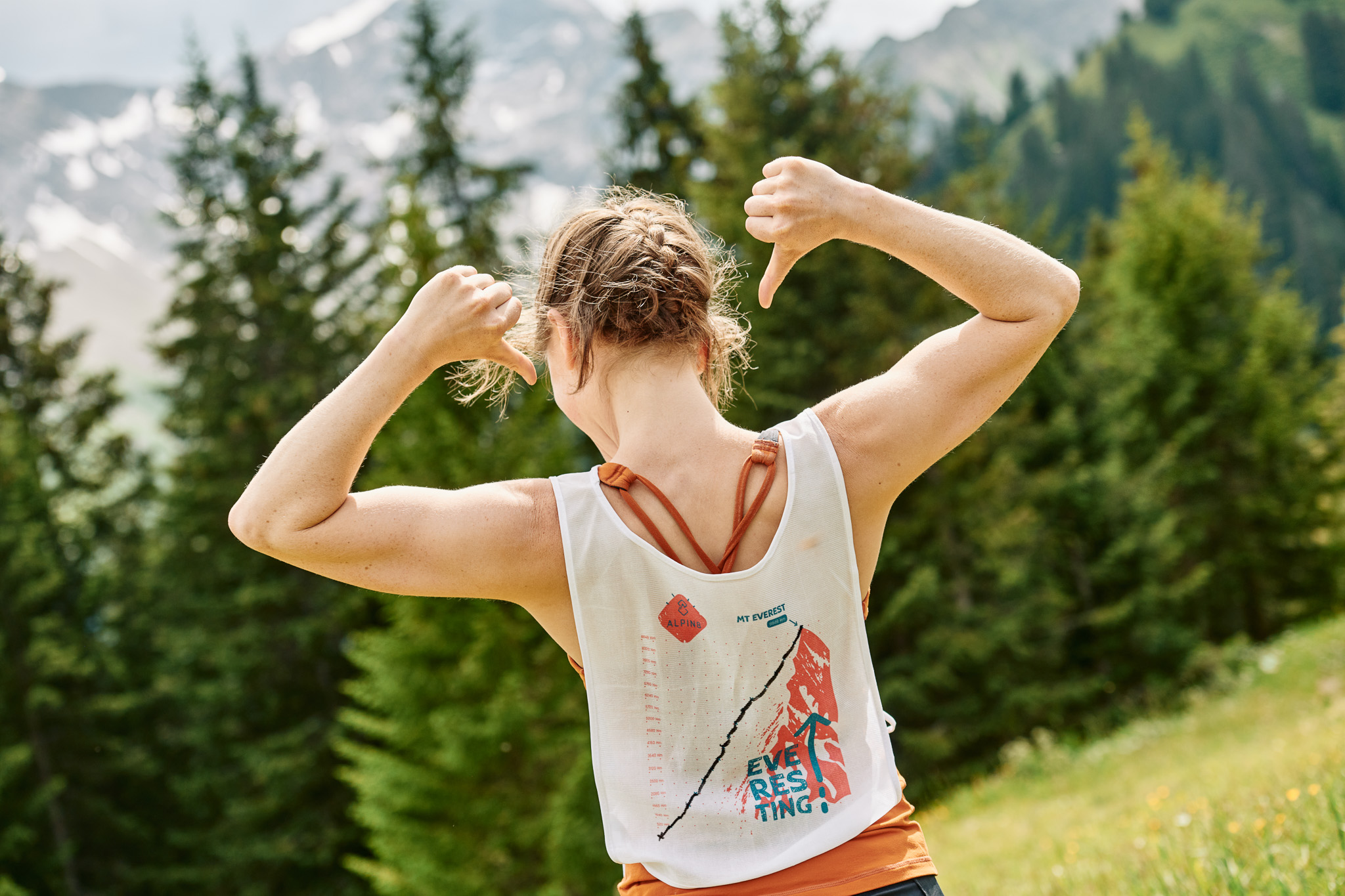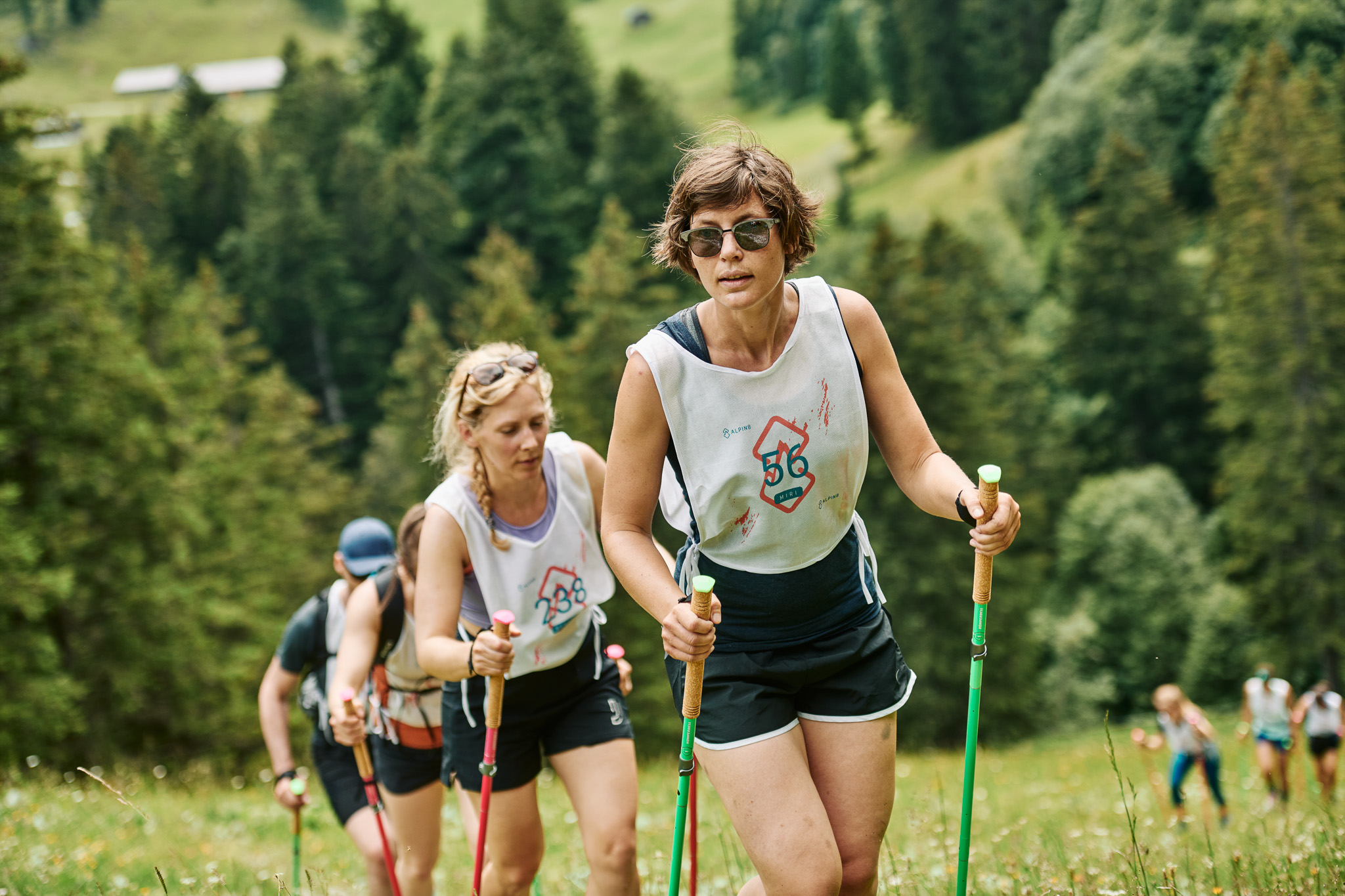Everesting: extreme for the feet too
Anyone who gets involved in Everesting knows that it is not only a challenge for the muscles, but definitely also for our feet. After all, they also have to deliver top performance. Even if you have trained extensively and done long hikes, Everesting will be a good deal longer and more difficult. It is therefore extremely important to protect your feet as well as possible from injuries and blisters.
We have put together a few tips on how to keep your feet as fit as possible with the right choice of socks and shoes and preventive sock and shoe “management”.
Socks: staying dry is the motto
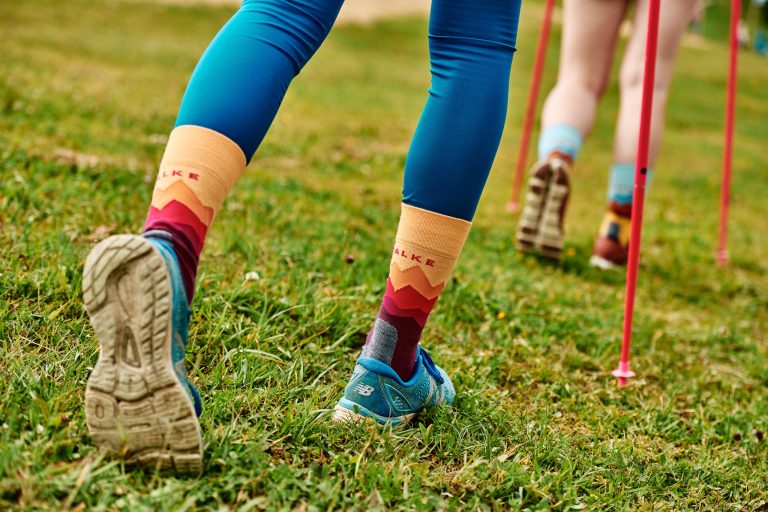
- Change socks regularly
- optimum fit
- Keep feet dry
You probably know the feeling – sweat, moisture from outside, and your feet feel like they’re in a steam bath. But we want to avoid blisters and soaked skin at all costs, because that means a lot of pain.
It is therefore very important to change your socks regularly, either when your feet are damp or after every second or third ascent as a preventative measure. So you should definitely bring 9+ pairs of socks with you.
Look for socks with good cushioning, especially in the heel area. Of course, the best fit is one where you can tell the right from the left, because then there is no “superfluous” fabric that causes creases and therefore pressure points.
The socks should fit snugly and feel like a second skin. And the thickness of the socks is also crucial: they shouldn’t be too warm, because then your feet will sweat quickly in the hopefully summery temperatures in June. When choosing socks, make sure that the material wicks moisture away from the foot. If, despite all precautions, your skin is damp or even soaked, take off your shoes and socks and let fresh air in until your skin is dry again. And afterwards: change your socks!
By the way, every participant in ALPIN8 receives a pair of hiking socks from our partner Falke – they have exactly the properties that are worth their weight in gold for the Everesting challenge!
Shoes: light, but stable please
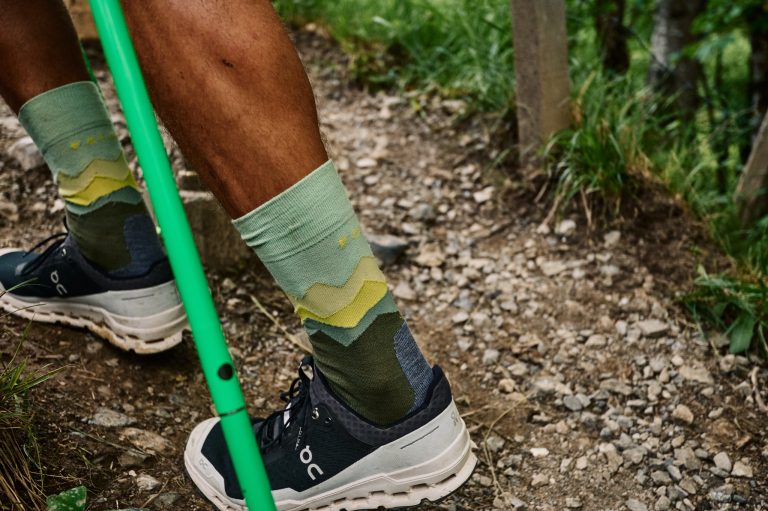
- The lighter, the better
- A good profile is essential
- 2-3 pairs to change
When it comes to shoes, don’t forget the weight! You wear the shoes on 17 (EVERESTING) or 9 (EVERESTY) ascents and your legs will get tired even without additional heavy weight on your feet. The lighter the shoes, the better!
The shoes do not necessarily have to go over the ankle, as we are not out and about in alpine terrain. There is no scree and the risk of twisting your ankle uphill is manageable. Running shoes, trail running shoes or lightweight trekking shoes are therefore ideal for Everesting.
A good profile is a must. The ALPIN8 route runs over a variety of surfaces: Paths with roots and stones, steep mountain meadows, but also gravel paths. A good profile makes climbing easier, especially on steep sections. It is also important that your shoes give you support in wet conditions.
It’s best to have two or three pairs of shoes with you so that you can change from time to time and put different loads on your feet. One of them should be waterproof, because although we don’t want it to rain, we should be prepared for it. The path can also be damp at night and in the morning due to dew and you should avoid getting your feet wet at all costs.
And what actually goes without saying: make sure you break in your shoes well in training beforehand!
What to do if your feet are causing trouble despite everything?
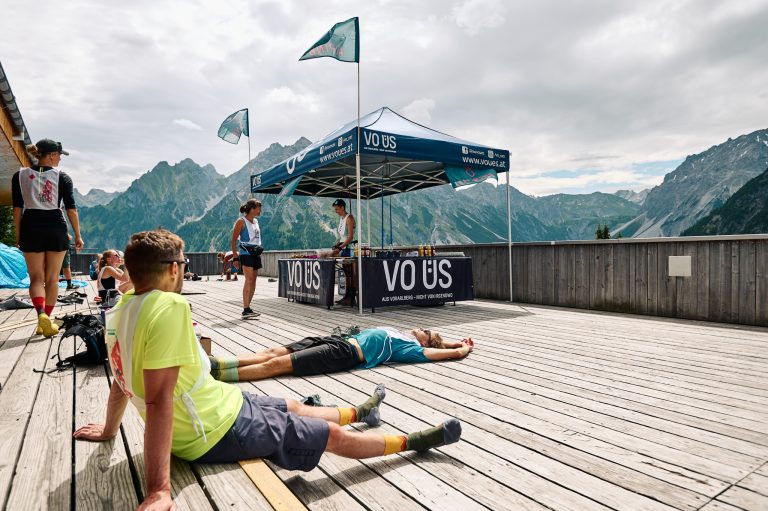
- act immediately!
- Let air in
- Blister plasters - also preventive
At the slightest sign of pressure or friction: act immediately! Don’t wait until the almost imperceptible discomfort has turned into real pain, but do something immediately!
If the skin is damp or even soaked, take off your shoes and socks and let fresh air in until the skin is dry again.
Then stick a blister plaster on the area, even if a real blister has not yet formed. It’s better to take a short break now and prevent something worse from happening than to end up limping later. The time frame of 36 hours leaves enough time to take good care of your feet and in the end the “lost” 10 minutes are completely irrelevant or invested very wisely – the main thing is that you can carry on.
And two final tips
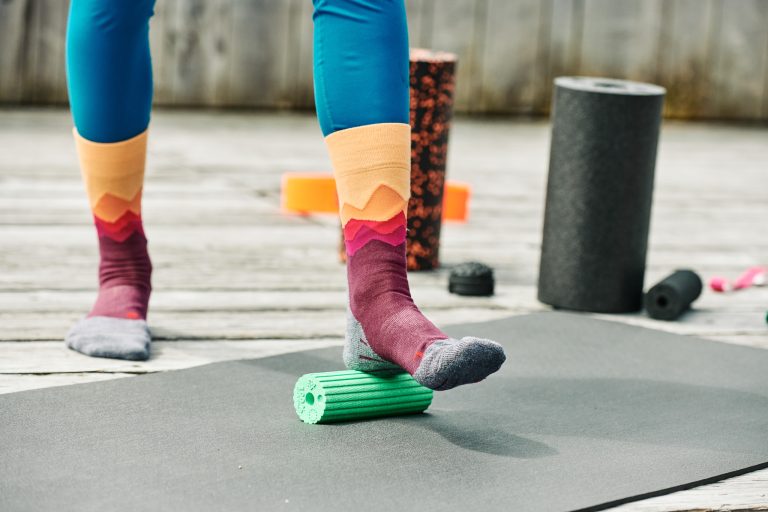
Take off your shoes and socks during longer breaks and let your feet air out properly. Preferably in the sun so that sweat and moisture evaporate and you can continue running with dry feet and fresh socks.
Even a little foot massage sometimes works wonders! Simply massage your feet with your hands or roll out the soles of your feet with a fascia roller or fascia ball. We will make these available to you at the Summit Camp.

